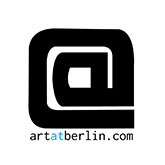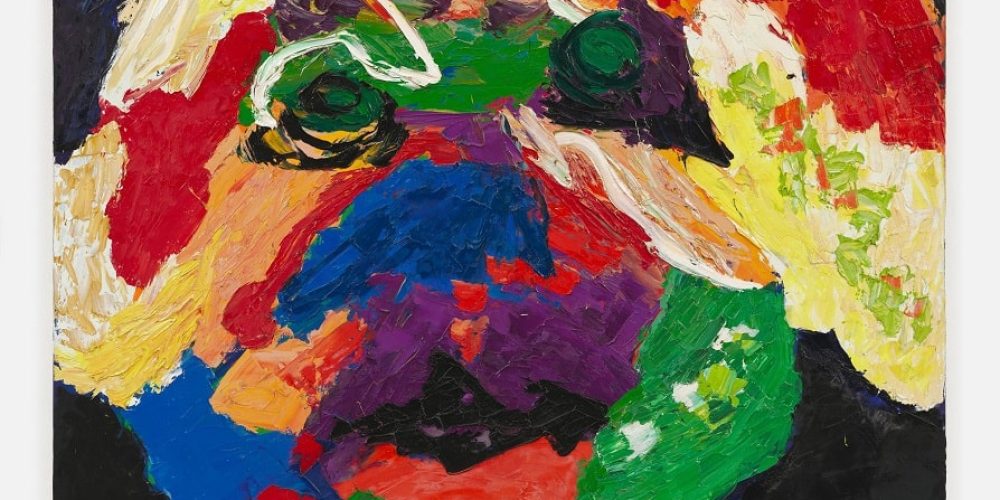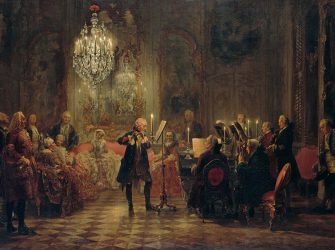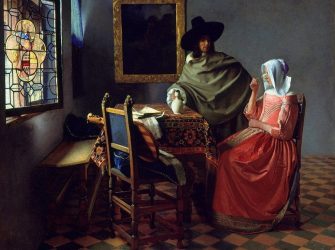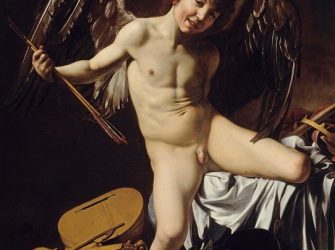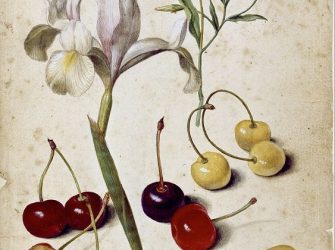until 25.02. | #3755ARTatBerlin | Galerie Max Hetzler presents from 13 January 2023 the exhibition “Encounter in Spring and what follows” by artist Karel Appel at Bleibtreustraße 45.
Galerie Max Hetzler presents Encounter in Spring and what follows, an exhibition of works by Karel Appel (1921-2006) focusing on a selection of paintings from 1958 to 2006.
A founding member of the avant-garde group CoBrA (1948-1951), Appel began his career after the Second World War. For six decades, the artist experimented, drawing from sources as diverse as folk art, art brut and the improvisational spirit of jazz, working in painting, sculpture, drawing and stage design. Appel is characterised by his astonishing capacity for innovation and never settled on a particular style, medium or subject. He alternated between abstraction and figuration, pursuing a material approach in his practice and promoting a genuine form of expression.
The starting point of the exhibition is the monumental and beguiling painting Rencontre au printemps, commissioned in 1958 for the inauguration of the UNESCO headquarters in Paris. For the occasion, UNESCO invited Appel – alongside greats such as Jean Arp, Alexander Calder, Isamu Noguchi, Roberto Matta, Joan Miró, Henry Moore and Pablo Picasso – to make his contribution. Appel painted the ambitious work not on location or in his Paris studio, which could not accommodate the size of the work, but in Sam Francis’ studio in Villejuif. At this point he was returning from his first trip to New York for his second exhibition at the Martha Jackson Gallery and was deeply impressed by his encounter with the painters of the New York School. As such, Encounter in Spring is Appel’s first painting on this scale and remains one of the highlights of UNESCO’s art collection.
Appel executed a sister painting, Encounter of Worlds, of the same size and from the same year, which is in the collection of the Neue Nationalgalerie in Berlin. Key works in his oeuvre, these paintings introduce a visual language very close to abstraction and driven by the same spirit as action painting. Although they seem far removed from CoBrA, which had been founded in Paris only ten years earlier, both imply in their essence his credo of championing freedom and spontaneity.
As the title suggests, the expansive abstract gestures of Encounter in Spring seem to unfold before the viewer’s eyes in a profusion of forms found in nature and landscapes. Crossing the threshold between impression and expression, Appel has consistently connected the experience of the real world with what is seen on the canvas and what may appear abstract at first glance. This liminal quality links the works that make up this exhibition. Viewed in their chronological order, they reveal the overriding influence that Appel’s discovery of American painting had on his first visit to the continent in 1957 and beyond. This influence is most evident in the richly textured surface of Shattered World, 1960, with its thick, impasto layer of paint that appears to have been applied directly from the tube to the left side of the canvas, and in the primitive-looking face that emerges from the rough brushstrokes and vibrating palette in Visage-Paysage No.4, 1977.
In Appel’s Trees series of 1979, the once expressive free lines and monochrome brushstrokes are replaced by simplified, almost analytical structures consisting of a series of short, parallel brushstrokes that converge in ascending vertical formats. The artist had previously come across enlarged reproductions of details from Vincent van Gogh’s paintings – a discovery that paved the way for this new mode of expression, which fuses discipline and spontaneity. In the late 1990s, works such as Up to the Sky no.3, 1998, and Birth of a Landscape, 1999, featured dense, animated landscapes close to Impressionism, pulsating under thick layers of paint. In the 2000s, Appel’s idiom evolved again into loose compositions of colour and form: Works such as Nimble Acrobat, 2000, and Thought’s Boomerang, 2000, appear light and airy, with large sections of the raw canvas still visible, while in Evening Forest, 2003, real wooden branches are embedded in the surface of the work. Bursting with creative innovation, the exhibition encapsulates the work of an artist whose imaginative and experimental approach to the medium of painting has never ceased.
The exhibition is accompanied by a co-publication of previous exhibitions of Karel Appel’s work at Galerie Max Hetzler: Paris/New York in London (2022); Object Paintings in Berlin (2021); and Late Nudes, 1985-1995 in Berlin (2020).
Karel Appel (1921-2006) lived and worked in Paris and New York, among other places. Retrospective exhibitions of the artist’s work were held at the Musée d’Art Moderne de Paris in 2017 and the Gemeentemuseum Den Haag, The Hague, in 2016. Other solo exhibitions have been held at major institutions worldwide, including the Emil Schumacher Museum Hagen, The Phillips Collection, Washington D.C.. (both 2016); Staatliche Graphische Sammlungen, Pinakothek der Moderne, Munich (2016); Centre Pompidou, Paris (2015); Museum Jorn, Silkeborg (2013); Cobra Museum, Amstelveen (2008); Albertina, Vienna (2007); Gemeentemuseum Den Haag, The Hague (2005); National Museum, Belgrade; Palais des Beaux-Arts, Brussels (both 2004); Kunstforum Wien, Vienna (2002); Stedelijk Museum, Amsterdam (2001); and Stedelijk Museum voor Actuele Kunst, Ghent (2000), to name a few.
Karel Appel’s works are represented in international public collections, including the Art Gallery of Ontario, Toronto; Centre Pompidou, Paris; Hirshhorn Museum and Sculpture Garden, Washington D.C. Moderna Museet, Stockholm; Musée d’Art Moderne de Paris; The Museum of Modern Art, New York; Neue Nationalgalerie, Berlin; Pinakothek der Moderne, Munich; The Phillips Collection, Washington D.C.; Solomon R. Guggenheim Museum, New York; LACMA, Los Angeles; Hara Museum ARC, Shibukawa, Gunma, Japan; and Tate, London, among others. The artist’s work is represented in the collections of all major Dutch museums, notably the Gemeentemuseum Den Haag, The Hague; the Rijksmuseum, Amsterdam; and the Stedelijk Museum, Amsterdam.
Vernissage: Friday 13 January 2023, from 6:00 – 8:00 pm
Exhibition dates: Friday, 13 January 2023 to Saturday, 25 February 2023
To the Gallery
Caption Cover photo: Karel Appel, Visage-Paysage no.4, 1977, © Karel Appel Foundation, c/o VG Bild-Kunst, Bonn, 2023.
Exhibition Karel Appel – Galerie Max Hetzler | Contemporary Art – Zeitgenössische Kunst in Berlin – Ausstellungen Berlin Galerien – ART at Berlin
